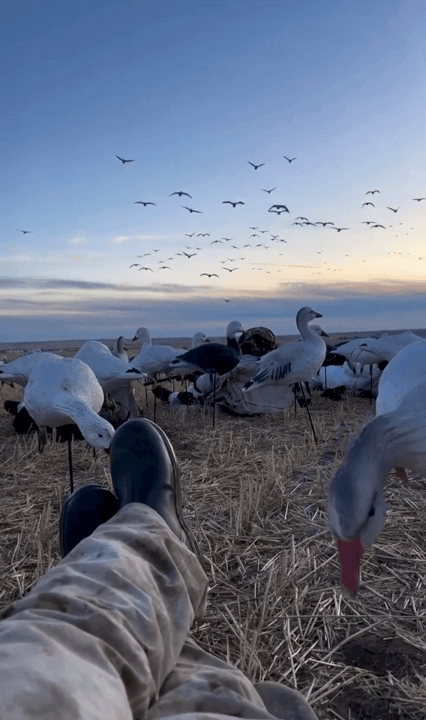
Hunting Seasons in MAHDIA: Key Dates, General Rules, Licensing Requirements and Practical Recommendations Mahdia, with its unique combination of Mediterranean coastline and arid landscapes, offers di
Post: 9 September 08:58

Post: 9 September 08:58

Post: 20 May 06:37

Post: 26 November 14:53

Post: 19 August 11:31

Post: 23 July 16:10

Post: 18 May 17:36

Post: 28 July 19:58

Post: 18 July 11:15

Post: 1 August 12:24

Post: 3 September 07:05

Post: 18 June 13:24

Post: 15 May 20:36

Post: 18 July 21:39

Post: 30 July 11:04

Post: 1 June 00:27

Post: 19 May 14:41

Post: 30 July 11:00

Post: 31 July 18:58

Post: 2 July 06:04

Post: 26 May 19:33

Post: 10 July 09:37

Post: 29 July 19:21

Post: 8 May 13:09

Post: 2 September 12:09

Post: 8 September 13:07

Post: 22 July 06:43

Post: 22 August 08:23

Post: 20 August 14:40

Post: 31 January 05:47

Post: 14 May 21:55

Post: 26 August 08:31

Post: 12 February 17:34

Post: 9 July 06:18

Post: 2 July 07:37

Post: 21 May 23:28

Post: 18 August 10:45

Post: 17 July 14:38

Post: 4 August 09:33

Post: 12 March 23:46

Post: 7 July 12:03

Post: 7 August 11:30

Post: 6 June 14:16

Post: 4 July 10:40

Post: 29 July 07:23

Post: 11 July 12:04

Post: 15 May 11:36

Post: 13 May 14:54

Post: 22 July 20:49

Post: 18 July 21:41

Post: 24 July 14:59